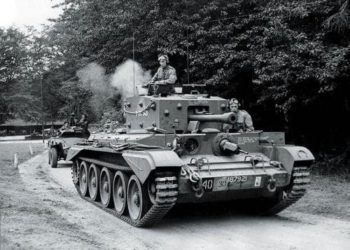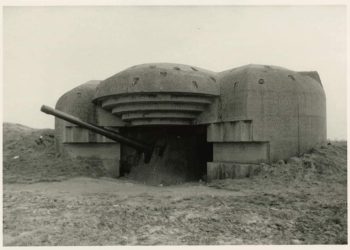Transforming Surplus Military Vehicles into Fire Fighting Trucks

Yea…. Turning surplus Military vehicles into Fire Fighting trucks isn’t something new.

After WW2, a number of American-made M3 half-tracks found their way into civilian service as “all-terrain” pumpers and tankers.

~NC
Historical Background
The practice of repurposing military vehicles for civilian use has been a common occurrence throughout history. Post-World War II, many military vehicles, due to their durability and utility, were adapted for non-military purposes. One significant application was their conversion into firefighting trucks. The rugged nature of these vehicles made them ideal for tackling difficult terrains and accessing remote fire zones, which regular fire trucks couldn’t reach.
M3 Half-Track in Civilian Service
One notable example is the American-made M3 half-track. Originally designed for military reconnaissance and transportation in challenging terrains, its robust engineering proved equally beneficial in civilian fire services. These all-terrain pumpers and tankers were integral to firefighting efforts in rural and rugged areas, providing a dependable solution where traditional fire trucks fell short.

Modern-Day Adaptations
While the M3 half-track marked the beginning, modern adaptations continue this trend. Today’s surplus military vehicles are often transformed into sophisticated firefighting apparatuses equipped with advanced technology, ensuring that even the most challenging fires can be addressed swiftly and effectively. This practice not only gives these military machines a second life but also significantly enhances the firefighting capabilities in various regions.
Conclusion
The conversion of surplus military vehicles into fire fighting trucks epitomizes resourcefulness and sustainability. It highlights an innovative approach to maximizing existing resources while addressing critical needs in emergency services. As technology advances and new surplus military vehicles become available, this practice is likely to evolve, continually improving firefighting capabilities worldwide.









